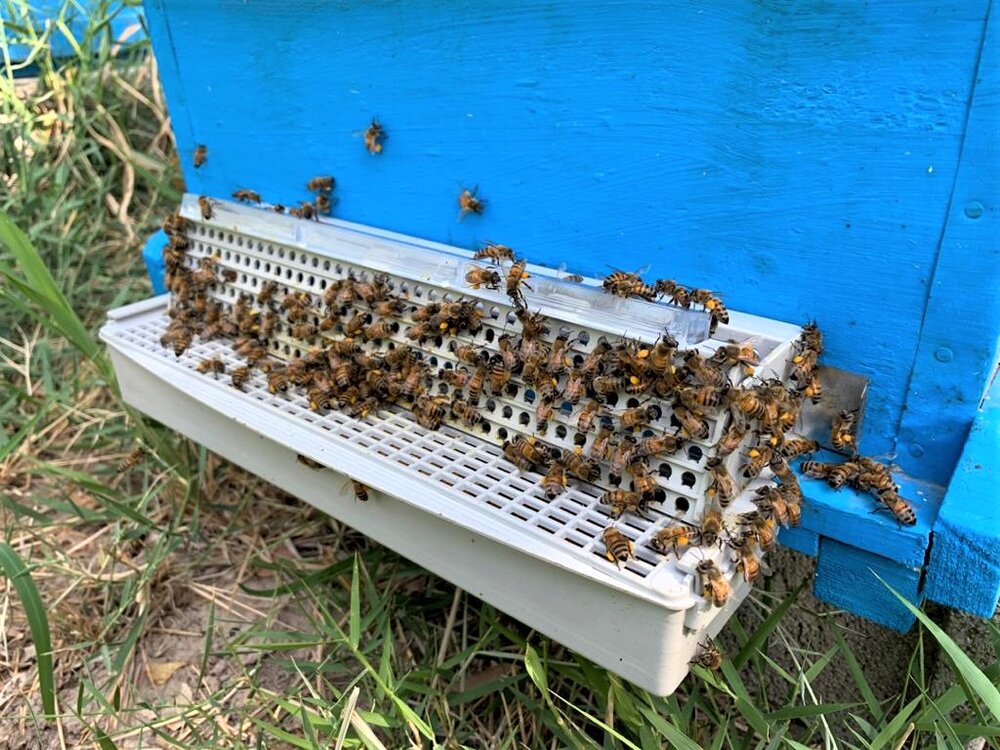'Establishment of a bee research institute a necessity in Khansar'

TEHRAN – Iran’s agriculture minister referred to the provision of 20 percent of the country's honey in Khansar county, in Isfahan province, and emphasized the necessity of setting up a bee research institute in this country.
During a one-day trip to Isfahan, Javad Sadati-Nejad said Khansar is an exceptional county in Isfahan province, and the biggest capacity of this county, in addition to its natural resources, is its powerful human force.
Regarding honey production in Khansar, the minister reiterated: “This county is a major hub in honey production in the country and 20 percent of the country's honey is produced in this county, and for this reason, it is necessary to set up a bee research institute in Khansar.”
“Given that honey is considered a food, there is a good export capacity for this product in our country”, the official further stressed.
In late August, the director of the Agriculture Ministry’s beekeeping development program had said the country’s annual honey production is expected to reach 115,000 tons in the current Iranian calendar year 1401 (ends on March 20, 2023).
The government has paid over 145 billion rials (over $500,000) of facilities to the country’s beekeepers since last August when the government took office, Touraj Saremi said at the time.
Saremi noted that Agriculture Ministry has defined a five-year development plan to reform the structure of the country's apiaries and increase the quantity and quality of honey production during the Iranian calendar year 1401 to 1405 (begins in March 2026).
“The implementation of this program requires the necessary support for providing inputs, implementing educational-training programs, and providing facilities to beekeepers. It is also required to provide apiaries with insurance coverage to reduce the risks and to ensure sustainable production,” he said.
The official noted that the ministry is also pursuing opening a credit line to be able to meet part of the needs of producers in this sector within the framework of rules and regulations.
Iranian beekeepers managed to produce 112,000 tons of honey in the previous Iranian calendar year.
Due to the high quality of Iranian honey, the product is exported to many countries including China, Bahrain, Kuwait, Qatar, Oman, Germany, the United Kingdom, Canada, Hong Kong, Australia, Indonesia, Malaysia, Iraq, and Lebanon.
Back in March 2020, the former director of the Iranian Agriculture Ministry’s beekeeping development plan had said the country's beekeeping industry was planned to become the leading agricultural sector in the country, the leading honey producer in the region, and a strong player in the world markets.
“Benefiting from up-to-date knowledge, and technology, the industry is going to provide reliable, high-quality products with greater value-added,” Farhad Moshir Qafari said.
Over the past five years, Iran’s beekeeping industry shifted its focus from producing only one main product, namely honey, to producing other bee secretions such as royal jelly and bee venom, Qafari said at the time.
“Melittin is a very valuable bee venom extract that is currently imported, but the beekeeping industry has the potential to produce this substance inside,” he stressed.
MA/MA
